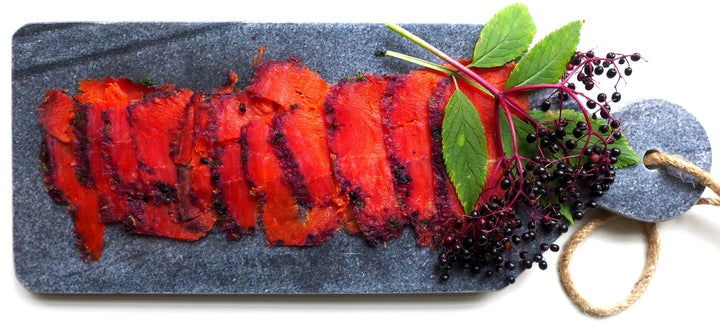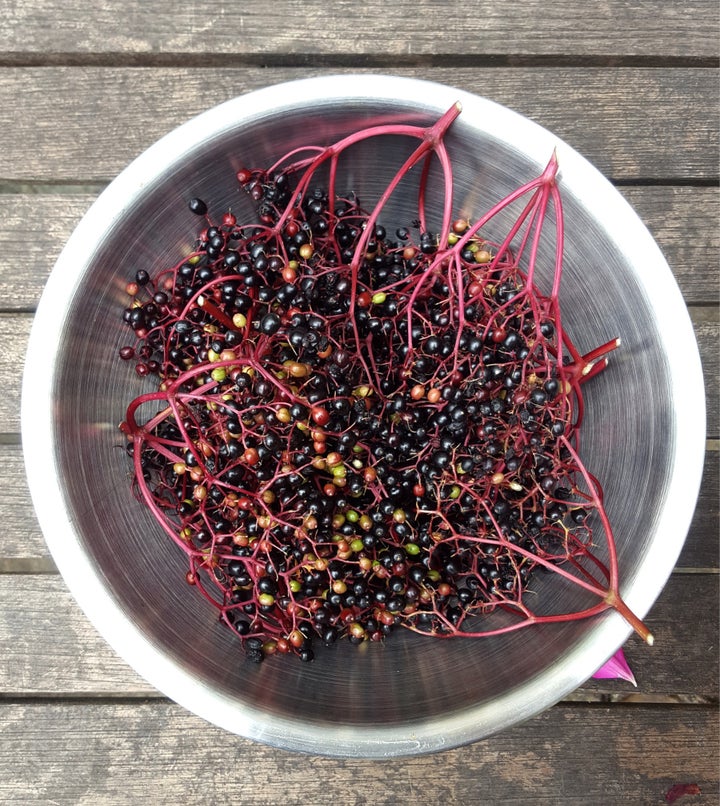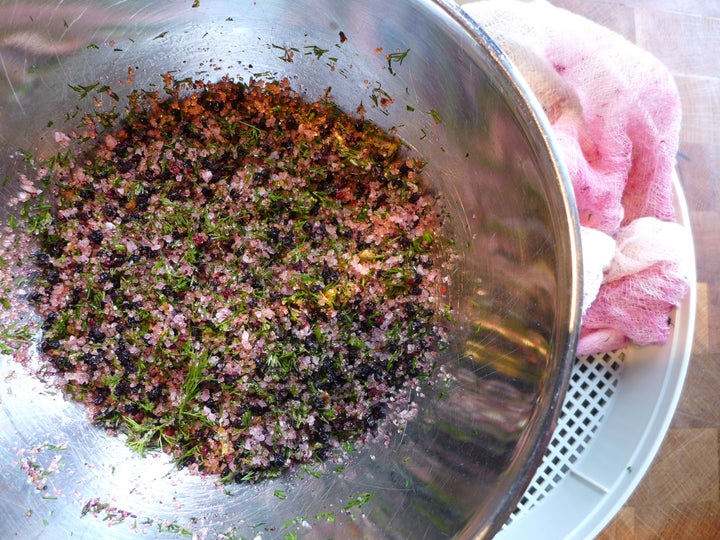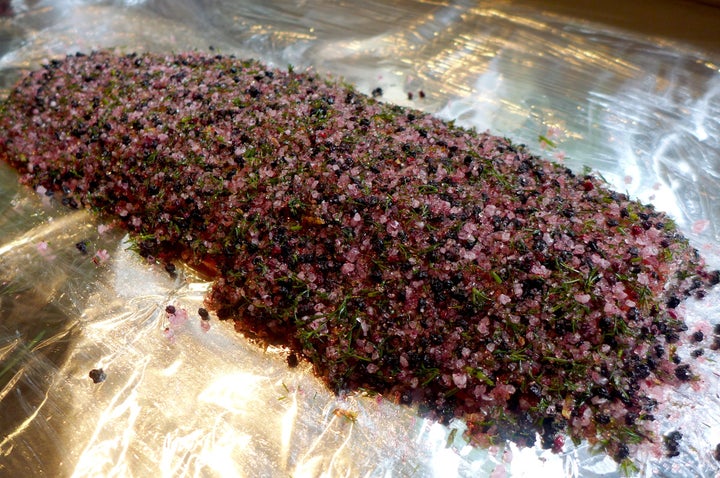The elder tree is a remarkable thing. It doesn’t look like much - it’s more of a weedy shrub or a shrubby weed than a tree - but it gives us fragrant elderflowers early in the season, and deliciously winey elderberries at this time of the year.
It features heavily in myth and folklore and according to Ria Loohuizen’s fascinating little book The Elder, farmers thought it would keep their cattle being struck by lightning and it was planted near homes and beehives to ward off evil spirits.
It was used in folk medicine, too, but a word of caution: pretty much every part of the elder contains toxins (less so in the flowers, for anyone worrying about their elderflower cordial) and eating large amounts of the raw berries can cause gastro-intestinal problems. The official advice is to use only fully ripe berries and that they should be cooked or dried to eradicate the toxins. I put mine in a dehydrator for four or five hours at 70C, but a very low oven will do the trick. Ria says you can use the European elder (Sambucus nigra) or the American elder (S. canadensis). Other varieties, the mountain and dwarf elders, are not edible.
I’d been longing for ours to ripen because I wanted to try them in a cure for gravlax. You’ve probably seen beetroot-cured salmon. Elderberries give a similar purple-pink tinge but with an appealingly fruity edge.
Gravlax with Elderberry and Vodka

Ingredients:
1 side of good quality salmon, descaled and pin-boned
250g elderberries, stripped weight (about 12 heads)
175g rock salt or sea salt
225g Demerara sugar
1 tspn pink peppercorns
Zest of 1 unwaxed lemon
30g fresh dill, chopped
Method:

Strip the elderberries from their stems with the tines of a fork and dry until wrinkled but still a bit sticky (see intro). Trim the fish of any ragged edges and check it's been properly pin-boned and de-scaled. Cut off the thinner tail part and use it for another recipe, as it is likely to dry out and toughen during the curing process.
Put the salt, sugar, lemon zest, peppercorns and hibiscus flowers (if using) in a bowl, add the dried elderberries and stir through. Pour in just enough vodka to make a sandy mixture and stir in the chopped dill. The mixture will already be turning pink by now.

Take two long sheets of foil and lie them slightly overlapping. Top the foil with two sheets of overlapping clingfilm. Put a third of the cure in the middle and spread it out to roughly the size of your salmon.
Lay the fish on top skin-side down and spread the rest of the mix on the flesh side, concentrating mostly in the middle where the fish is thickest.

Fold in the clingfilm as tightly as possible, followed by the foil, so you create a parcel. Put it in a tray big enough to lay it flat, put a board on top and weigh it down with a couple of tins from your storecupboard.
Leave it in the fridge for 48 hours, turning it halfway through and replacing the weight. At the end of the cure, unwrap the fish and discard the wrappings. Scrape off most of the cure, lightly wash the salmon and pat it dry. You can eat it now, or put it back in the fridge, uncovered, to dry out for another 24 hours.
To serve, slice thinly at a diagonal, the same as for smoked salmon.
